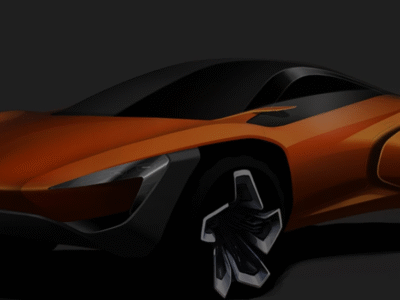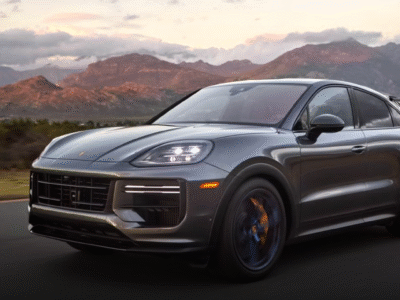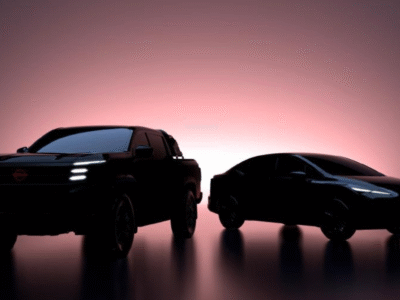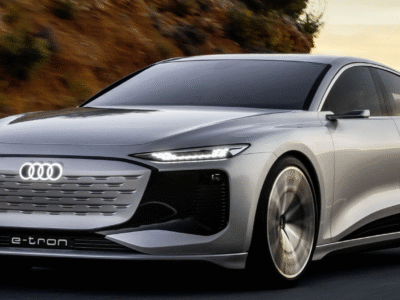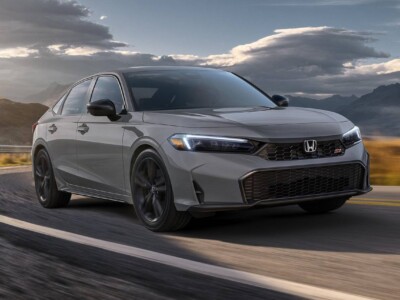
In an investor presentation this week, Kia announced plans to boost its electric vehicle (EV) sales targets and launch a specially designed robotaxi.
The automaker stated that it now aims for annual sales of 1.6 million electric vehicles by 2030, up from the previously announced 1.2 million per year for 2030 last year. Kia also plans to have 15 EV models in its global lineup by 2027, one more than last year’s announcement. This target had already been increased from the initially planned 11 global electric vehicles by 2026.
Kia also unveiled plans for a robotaxi, an autonomous vehicle specifically intended for ride-sharing services, without specifying a timeline for its release. It will be one of several called “specially designed vehicles,” Kia’s term for vehicles designed for mobility services such as ride-sharing and last-mile delivery. The robotaxi will be part of a “complete lineup” of such vehicles, Kia announced, starting with a midsize model to be built in a dedicated factory in Hwaseong, South Korea, from 2025.
Tesla’s Elon Musk claimed last year that future robotaxis would make the need for affordable electric vehicles less urgent or relevant. Still, Kia’s strategy separates them into a separate business from passenger cars, meaning the pricing of those vehicles will still need to be maintained at a certain level. Regardless, robotaxis depend on autonomous driving technology still in development.
Kia’s next electric model for individual consumers is the EV9 SUV, which the automaker has just confirmed will be manufactured at its West Point, Georgia, factory starting in 2024. Hyundai’s “Metaplant” could also produce other future Kia models, also in Georgia.
In a previous sustainability roadmap published in 2021, Kia also mentioned plans for a lineup of hydrogen fuel cell vehicles by 2028 but did not provide any updates on this in the presentation this week.


